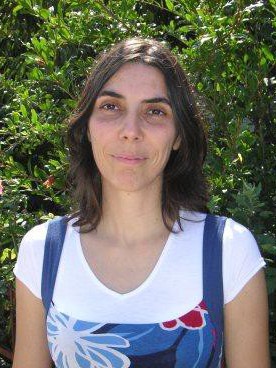abstract
The controlled growth of organic crystalline materials in predefined locations still poses a challenge for functional device application such as phototransistors, photoconductors, or photovoltaic solar cells. This work evidences the use of optical lithography and a fluoroalkylsilane to selectively modify the surface energy and how to create a wettability micro-patterned structure. These are then combined with non-contact printing of the organic solution providing custom-shaped films. To deliver printed films with improved morphological quality, key process parameters for high-performance organic materials are optimized. Particular attention is given to the adjustment of the concentration and solvent mixture to tune the jetting properties, and consequently, slow down the evaporation rate. Continuous films are obtained for an optimized number of droplets and spacing between them. Micro-Raman spectroscopy imaging confirms the crystalline nature of the printed films and the lack of impurities. To validate the method, rubrene and triisopropylsilylethynyl (TIPS)-pentacene are tested using two-terminal optoelectronic devices. TIPS-pentacene rectangular printed micrometric photosensor presents linear behavior and no hysteresis, reaching 0.33 nA under 18.1 mW cm(-2). The structural and optoelectronic characterization is in line with other micro-patterned examples, opening doors for new industrial applications.
keywords
TIPS-PENTACENE; THIN-FILM; SURFACE MODIFICATION; MOLECULAR PACKING; TRANSISTORS; PERFORMANCE; SEMICONDUCTORS; MORPHOLOGY; MONOLAYERS; STABILITY
subject category
Chemistry; Materials Science
authors
Sequeira, S; Martins, V; Vilarinho, R; Cardoso, S; Moreira, JA; Alves, H; Leitao, DC
our authors
acknowledgements
The authors acknowledge Fundacao para a Ciencia e Tecnologia (FCT) for funding UID/05367/2020, PTDC/CTM-NAN/4737/2014, and Network of Extreme Conditions Laboratories (NECL) under NORTE-01-0145-FEDER-22096. S.S. acknowledges financial support through doctoral scholarship SFRH/BD/129827/2017.




